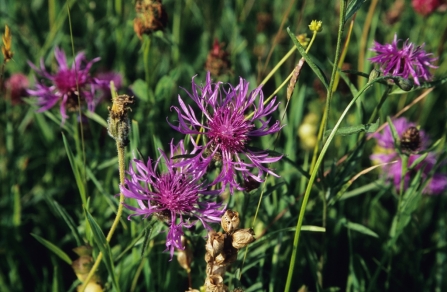Bellever Moor and Meadows
Bellever Moor and Meadows
Location
Know before you go
Dogs
When to visit
Opening times
All year roundBest time to visit
March to OctoberAbout the reserve
If you go down to Bellever Woods today, venture a little distance from the picnic site to be sure of a wildlife surprise. Just nearby are 70 hectares of the new Bellever Moor and Meadows nature reserve, waiting to be explored.
Ash dieback
The disease ash dieback is now widespread in the UK and is present at many of our nature reserves, so we carry out tree felling across our sites in winter months. For your own safety please observe temporary path diversions and closures.
Where possible we will leave affected ash trees in place to decay naturally as an important habitat for wildlife. We plan to only fell diseased ash trees which pose a threat to people or infrastructure. Before trees are felled, we will check whether any rare or protected wildlife is present. If it is, we will postpone or avoid felling these trees. No felling will take place during the bird nesting season.
DWT’s Saving Devon’s Treescapes project are working with communities, landowners and businesses to help make Devon's precious treescapes more resilient in the face of ash dieback. Find out how you can get involved here.
NOTICE: If you are visiting our reserves, please note that there have been instances of H5N1 Avian bird flu found in birds in Devon. There is very low risk to public health, but we do ask that if you come across any unusual or unexplained bird deaths on or near our reserves, please do not touch them and avoid allowing your dog to come into contact with dead birds. Please report them to Defra here or call 03459 335577 and also report your findings to DWT by email at contactus@devonwildlifetrust.org.
Species
Contact us
Environmental designation
Location map
How to get to Bellever Moor and Meadows

Bench at Bellever Moor and Meadows
In 2016 we began a lease from the Forestry Commission which will mean we undertake the management of this wonderful moorland site until at least 2041. We've already begun enhancing the land for wildlife and have been busy improving visitor access with new gates, waymarked routes and even a bench or two!
The reserve stretches over a mosaic of 40 small fields grouped in two areas around Naked Hill and Bellever Farm in the north of the site, and Laughter Hole to the south, featuring a variety of traditional Dartmoor meadows. It's a great place to explore.

Black knapweed. Photo, David Kilbey
Enjoy a walk of discovery through the different drystone-walled field compartments, encountering as you wander flowery hay meadows, rush pasture, purple moor grass mire, heathy grassland, moorland, unimproved, semi-improved, and rough pasture, plus a small stream connecting to the East Dart river and tor-capped views across the Dartmoor landscape.
On a summer's stroll look out for the colours of yellow rattle, tormentil, black knapweed, mouse-ear hawkweed, red bartsia and eyebright studding the grassland. In autumn its the turn of pink ballerina wax cap mushrooms to add colour.
Remembrance of things pasture
These are species of ancient pasture and meadow; Duchy of Cornwall records show a farmstead has existed here since at least 1355, while archaeological hut circle remains on Naked Hill are evidence of farming settlement from prehistoric times.
With further active restoration the meadows should support more wildlife as the project progresses. Future return visits will be rewarded with more species to spot and richer habitats to investigate.
Site Improvements
We are delighted to have received £16,374 through the Pennon Environmental Fund from Viridor Credits to fund improvements across our Bellever Moor & Meadows nature reserve. A specialist contractor has completed removal of old deteriorated fencing and installed nearly 3km of new plain and barbed wire fence. These improvements across five compartments will help us to better manage grazing cattle and enable the creation of 36 hectares of beautiful wildflower meadows on just over half of the reserve.


Earlier improvement work at the nature reserve has benefited from the support of Suez Communities Trust, which (like Viridor Credits) provides grants through the Landfill Communities Fund. This important source of funding has been available since 1997 and supported environmental and community projects with over £1.7 billion.



